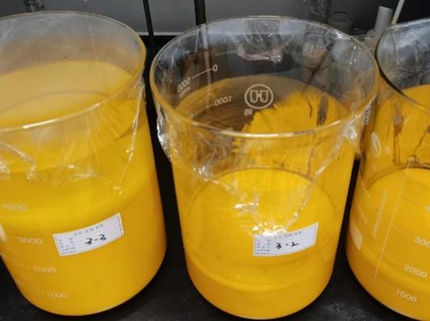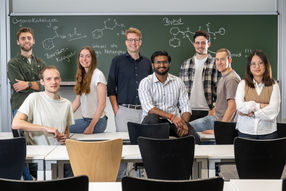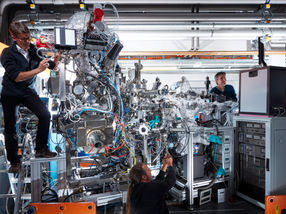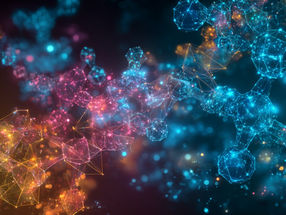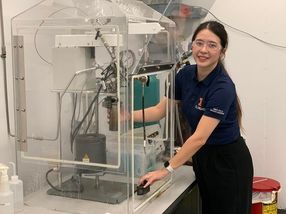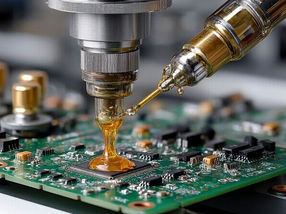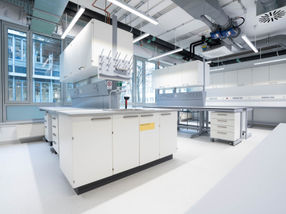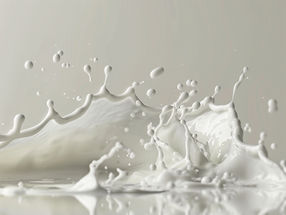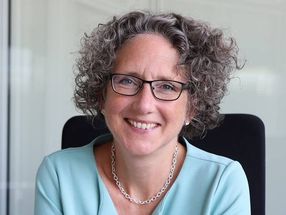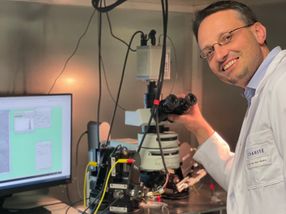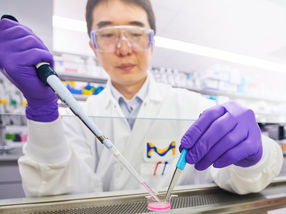Recycling rates of 92 percent possible for lithium
More efficient lithium recovery from smelting slags with a natural substance from the pomegranate tree
Advertisement
Lithium-ion batteries permeate our everyday lives: they provide wireless power for notebooks, smartphones, electric cars and much more. The increasing use of these batteries requires sustainable recycling methods. However, the recovery of lithium is currently still expensive and not very profitable. With the natural substance punicin and its derivatives (derived compounds), researchers at Clausthal University of Technology have found a way that - when used in the separation process of flotation - enables high recovery rates of lithium. The researchers have reported on this in a recent Open Access publication.
Punicin is the name of the chemical substance that was isolated from the leaves of a pomegranate tree in 1994 and has been extensively researched in many respects at Clausthal University of Technology in the group of Prof. Andreas Schmidt from the Institute of Organic Chemistry. The special feature of this simple natural substance (consisting of a hydroquinone and a pyridinium ring) is its switchability: its charge can be adjusted from single positive to double negative by the pH value. Under irradiation, punicin forms radicals even with normal daylight, so that it has different properties in the light than in the dark. The simplicity of its structure opens up the possibility of chemically modifying natural punicin according to the modular principle and producing a variety of derivatives, including switchable surface-active molecules.
The flotation technique, which has long been used in ore processing, is now being successfully applied in new lithium recycling processes, as it can be used to collect artificially produced lithium minerals (so-called EnAMs - engineered artificial minerals) obtained from pyrometallurgical slags. As part of the German Research Foundation's (DFG) Priority Programme SPP 2315, Prof. Schmidt's group is researching structural optimizations and mechanisms of punicin in order to enrich lithium and other critical raw materials for recycling by separating worthless materials (gangue materials).
The punicin collectors bind to the surface of mineral particles such as lithium aluminate, causing the surfaces of these particles to become water-repellent. As a result, the valuable lithium-containing minerals are transported to the surface by air bubbles, while gangue materials are not floated. Another highlight: the ability to "switch" the properties of the punicins using light in combination with pH values means that the surface interaction can be made more selective and flotation can be improved.
"We have now produced and characterized over 50 different punicines and tested them in lithium recycling. We achieve recovery rates of up to 92 per cent when the flotation parameters are optimized with new punicines," explains PhD student Max Fischer. Punicine derivatives are therefore currently being investigated for the recovery of other lithium EnAMs such as lithium manganates and other valuable minerals such as copper or tantalum.
"Lithium recycling is a challenging task that can only succeed in collaboration with many colleagues from other disciplines," says Prof. Schmidt. This is why the researchers from Organic Chemistry are working on this project at Clausthal University of Technology with the groups of Prof. Ursula Fittschen (Institute of Inorganic and Analytical Chemistry), Prof. Michael Fischlschweiger (Institute of Energy Process Engineering and Fuel Technology), Prof. Alfred Weber and Dr. Annett Wollmann (Institute of Mechanical Process Engineering) and Dr. Thomas Schirmer (Institute of Geotechnology and Mineral Resources) as well as other external researchers from TU Bergakademie Freiberg, TH Nuremberg and RWTH Aachen University.
Note: This article has been translated using a computer system without human intervention. LUMITOS offers these automatic translations to present a wider range of current news. Since this article has been translated with automatic translation, it is possible that it contains errors in vocabulary, syntax or grammar. The original article in German can be found here.
Original publication
Other news from the department science
Most read news
More news from our other portals
See the theme worlds for related content
Topic World Battery Technology
The topic world Battery Technology combines relevant knowledge in a unique way. Here you will find everything about suppliers and their products, webinars, white papers, catalogs and brochures.

Topic World Battery Technology
The topic world Battery Technology combines relevant knowledge in a unique way. Here you will find everything about suppliers and their products, webinars, white papers, catalogs and brochures.




